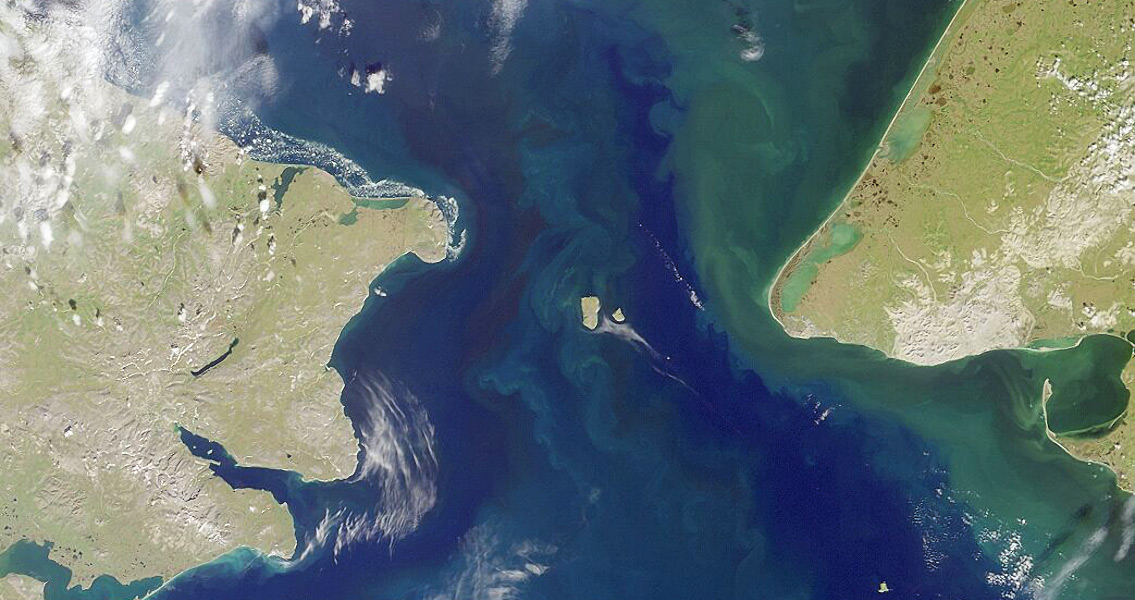<![CDATA[Archaeologists working at a dig at Cape Espenberg, northern Alaska, have found bronze artefacts dating back fourteen centuries and originating in East Asia. While it’s not news that other parts of the world had ties with North America before Columbus first discovered it, the extent and diversity of these ties is still being uncovered. The artefacts in question include one item that may have been a buckle or a fastener, and one that looks like a whistle. The leather attached to the fastener item was dated with radiocarbon to around 600 CE. Since at the time the native population of Alaska was not familiar with bronze smelting, the researchers concluded that they originated in some part of East Asia, most probably China, Korea, or what is now the Russian autonomous region of Yakutia, in the northernmost part of Siberia, where people at the time knew how to work bronze. It is also likely that the items came from more than one of these places, but there is a high degree of certainty that a few other artefacts found at the Rising Whale site, remnants of items made from obsidian, came from Siberia. The chemical signature of these remnants told scientists they came from the Valley of Anadyr, a 1,146-kilometre river running through northeastern Siberia and flowing into the Bering Sea. The possible contact between native Alaskans and the rest of the world before Columbus’ trip of discovery in 1492 has been the object of archaeologists’ interest for a century now, with a number of different finds supporting the presence of such contact. Among these finds is plate armour worn by Alaskans and featuring an overlapping pattern of ivory and bones. The earliest samples of this kind of armour in Alaska have been dated to the eleventh century CE, but similar pieces of plate armour have been found in China, Mongolia and Japan that predate the Alaskan samples. As early as 1913 one researcher, anthropologist Berthold Laufer, suggested that there was great demand for ivory from narwhals and walruses in China, and that a lot of the supply came from across the Bering Strait, the channel that separates Asia from North America, between Russia’s Chukotka and Alaska. Bone armour had been around for a long time in Asia before the Alaskans picked up the patterns: just last year, Russian archaeologists unearthed an overlapping-bone suit of armour belonging to a warrior who lived as far back as four thousand years ago. The pattern on the armour was remarkably similar to that of bone armour discovered much more recently in Alaska. In addition to artefacts supporting the close and regular exchanges between Alaska and Asia, is genetic evidence of interactions across the Bering Strait. A study released last year claims, perhaps somewhat shockingly, that the original inhabitants of the Arctic territories of North America died off without leaving any descendants, and the ancestors of the modern Inuit cultures actually came from Asia. It is believed that those first inhabitants of Alaska and other northern regions of the North American continent crossed there on a land strip that connected Asia and North America fifteen millennia ago. This strip, however, went under water five thousand years later. The people living there did so in isolation for around 4,000 years, before fresh DNA came from Siberia, some 6,000 years ago. These suggestions are based on a large-scale ancient DNA analysis, combined with genome sequencing of modern-day inhabitants of the Arctic regions of North America.]]>
Alaskans Traded with East Asia Pre-Columbus
